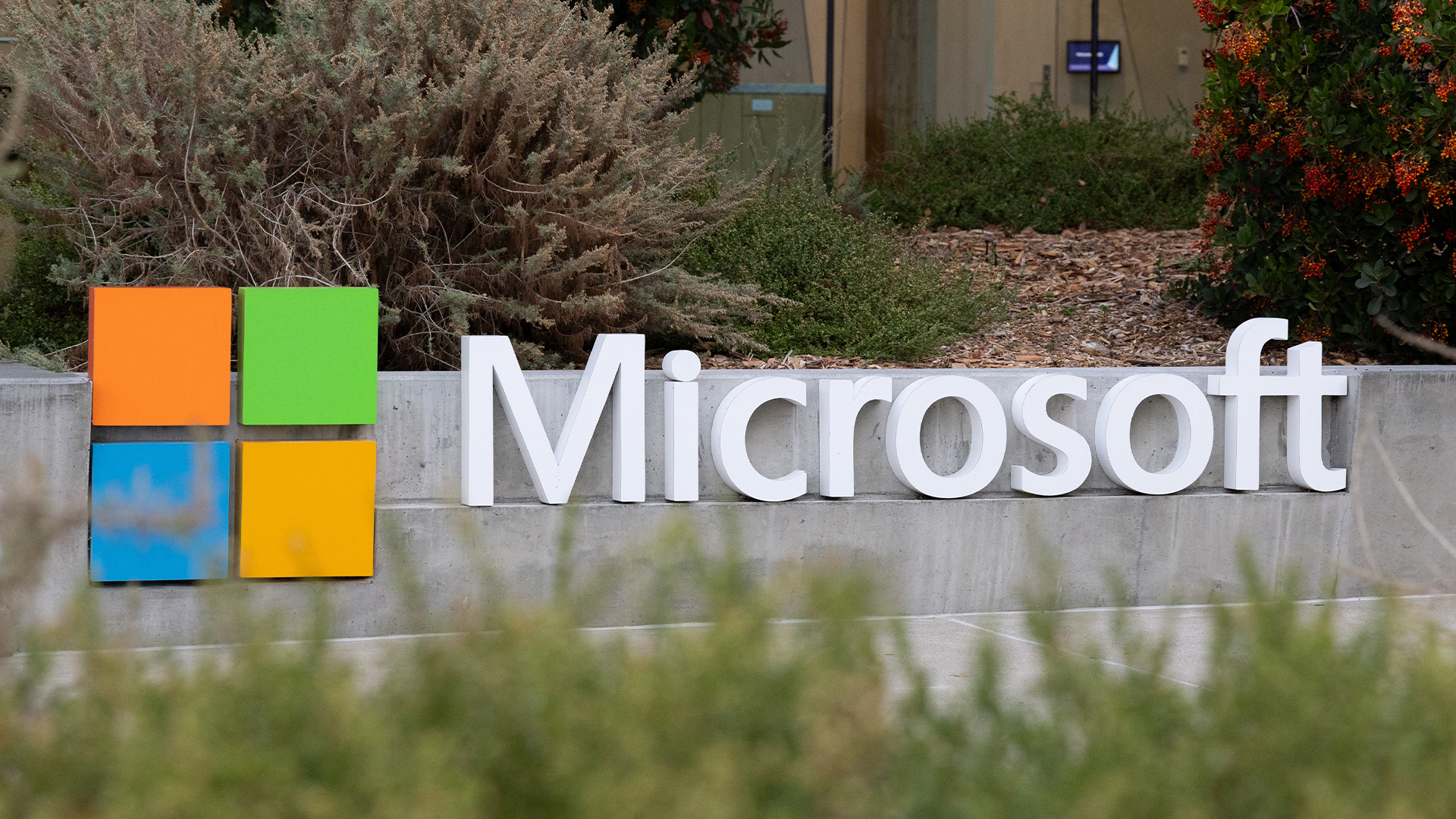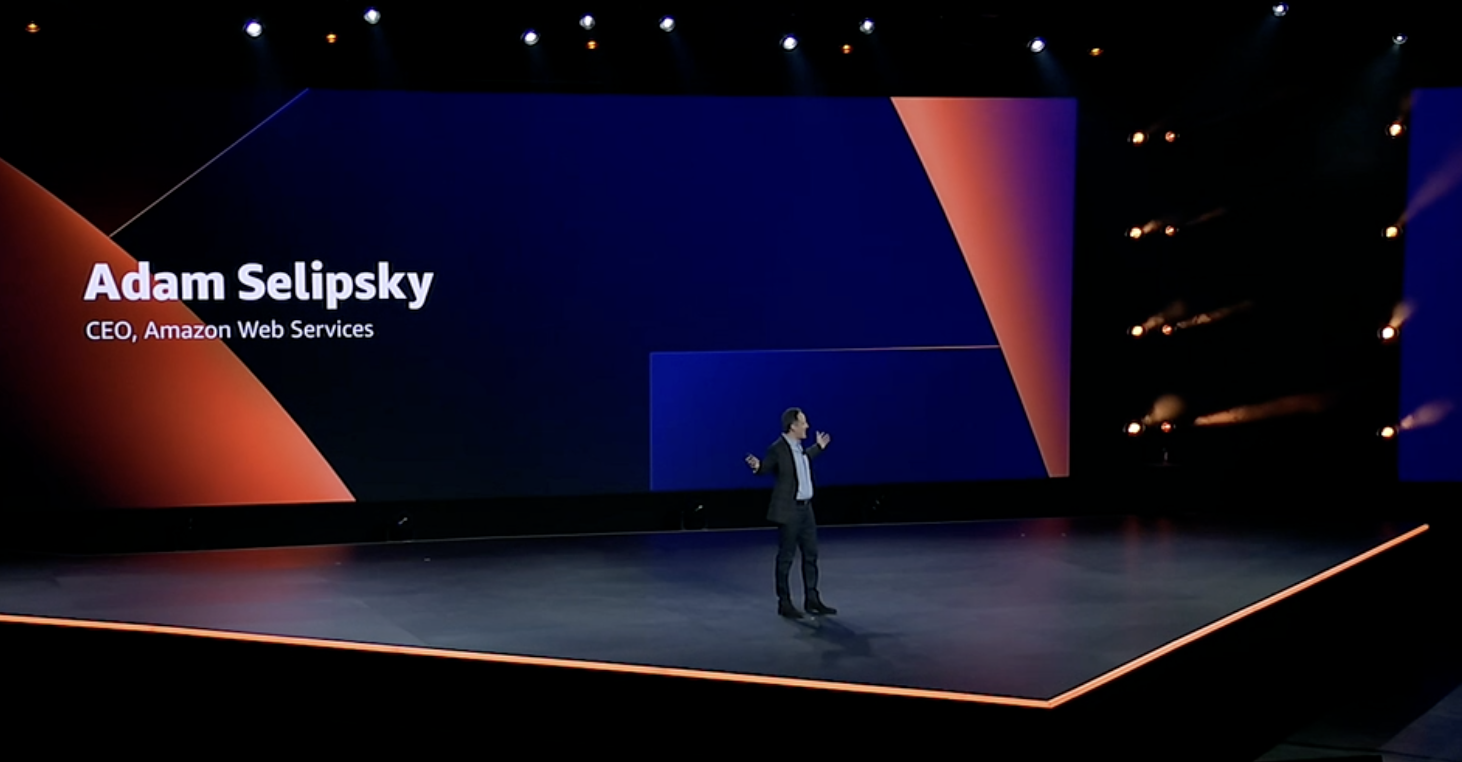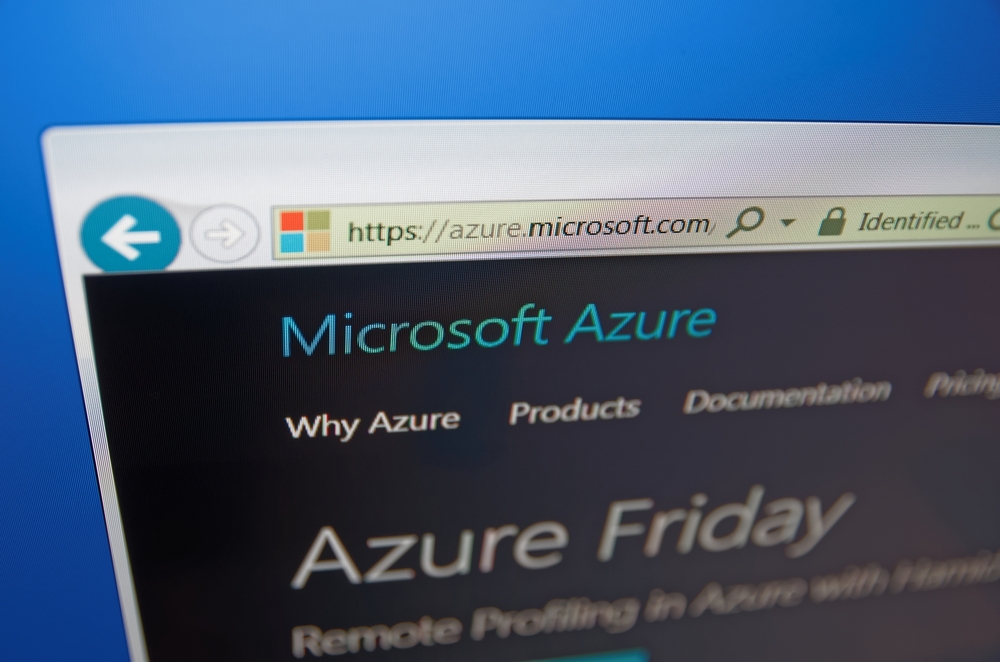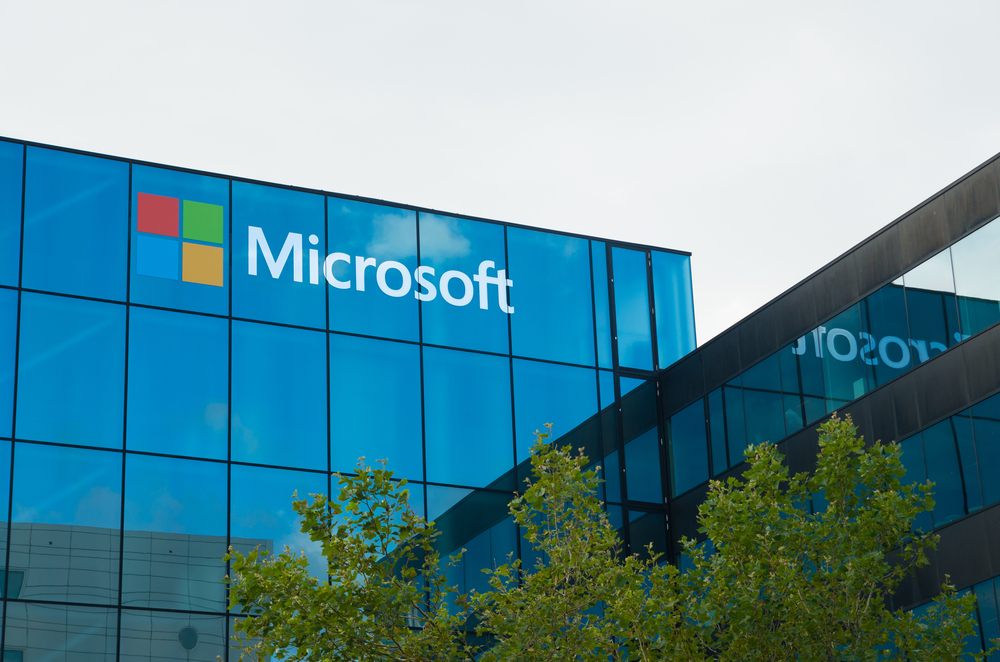Microsoft bolsters Azure with AT&T 5G deal and security collaboration
The firm acquire’s AT&T’s Network Cloud platform while integrating MITRE's ATT&CK framework


Microsoft has struck agreements with US networking giant AT&T and the cyber security organisation MITRE to bring additional 5G support as well as threat monitoring capabilities to Azure.
As part of its deal with MITRE, Microsoft will integrate the organisation’s adversarial tactics, techniques and common knowledge (ATT&CK) framework into its public cloud platform in order to build a foundation for developing threat models.
Separately, the firm has acquired the Network Cloud division of AT&T, which plays host to its core 5G network. Microsoft will indirectly own but won’t operate this network, and instead plans to integrate IP and expertise into its Azure for Operators platform.
These twin deals are part of Microsoft’s strategic efforts to bolster its public cloud platform on the cyber security and networking fronts.
The AT&T acquisition, for example, is part of a strategic alliance that will see network traffic managed by Microsoft Azure. This is set to begin with the 5G core, the software at the heart of AT&T’s 5G network.
Microsoft says AT&T will benefit from greater productivity and cost-efficiency as more network workloads migrate to Azure for Operators. The firm will also use the company’s hybrid and hyperscale infrastructure to reduce costs.
The Network Cloud platform, which Microsoft is acquiring, has been running AT&T’s 5G core network since 2018. Microsoft will integrate this into its Azure for Operators platform to allow operators to run telecoms networks in the cloud.
Sign up today and you will receive a free copy of our Future Focus 2025 report - the leading guidance on AI, cybersecurity and other IT challenges as per 700+ senior executives
Microsoft will benefit from access to IP and technical expertise to grow its product, building on the 2020 acquisitions of Affirmed Networks and Metaswitch Networks. It’s also acquiring AT&T’s engineering and lifecycle management software that’s used to develop carrier-grade cloud that can run containerised or virtualised network services.
“With Azure, operators can provide a more flexible and scalable service model, save infrastructure cost, and use AI to automate operations and differentiate customer offerings,” said executive vice president of Azure, Jason Zander.
“Through our collaboration with AT&T, Microsoft will expand its telecom portfolio to support operators with a carrier-grade cloud that provides seamless experiences across Microsoft’s cloud and the operator’s network.”
RELATED RESOURCE

Microsoft’s partnership with MITRE, meanwhile, has seen the firm integrate the ATT&CK framework into Azure to launch the Security Stack Mappings for Azure research project. This has introduced a library of mappings that connect built-in Azure security controls to the techniques, identified by ATT&CK, that they’re designed to protect against.
The project aims to plug an information gap for businesses seeking to proactively secure their public cloud deployment. This project creates data that shows how built-in security controls might secure their assets against the specific attack methods most likely to target them.
“Microsoft has worked to expand the suite of built-in security controls in Azure which, while highly effective for protecting customer environments, can feel overwhelming to understand across an organisation’s entire Azure estate,” said senior threat intel librarian with Microsoft’s threat intelligence centre, Madeline Carmichael.
“MITRE has developed the ATT&CK framework into a highly respected, community-supported tool for clarifying adversary TTPs. Pairing the two together provides a helpful view for organisations to understand their readiness against today’s threats in a familiar vocabulary that enables easy communication to their stakeholders.”

Keumars Afifi-Sabet is a writer and editor that specialises in public sector, cyber security, and cloud computing. He first joined ITPro as a staff writer in April 2018 and eventually became its Features Editor. Although a regular contributor to other tech sites in the past, these days you will find Keumars on LiveScience, where he runs its Technology section.
-
 Trump's AI executive order could leave US in a 'regulatory vacuum'
Trump's AI executive order could leave US in a 'regulatory vacuum'News Citing a "patchwork of 50 different regulatory regimes" and "ideological bias", President Trump wants rules to be set at a federal level
-
 TPUs: Google's home advantage
TPUs: Google's home advantageITPro Podcast How does TPU v7 stack up against Nvidia's latest chips – and can Google scale AI using only its own supply?
-
 The Microsoft Azure outage explained: What happened, who was impacted, and what can we learn from it?
The Microsoft Azure outage explained: What happened, who was impacted, and what can we learn from it?News Microsoft has confirmed its Azure services are back online after a major outage impacted services across multiple regions – here's everything you need to know.
-
 AWS, Microsoft, and Google see massive cloud opportunities in Japan - here’s why
AWS, Microsoft, and Google see massive cloud opportunities in Japan - here’s whyAnalysis AWS’ bid to expand infrastructure in Japan will see it it invest over $15 billion, but it’s not the only hyperscaler that has its eye on big gains in the country
-
 Hyperscaler earnings 'highlight new era of maturity' in global cloud market
Hyperscaler earnings 'highlight new era of maturity' in global cloud marketNews Sluggish earnings for Azure, Google Cloud, and AWS could point to a more moderate cloud market in the year ahead
-
 Nokia to offer data centre switches to boost Azure bandwidth
Nokia to offer data centre switches to boost Azure bandwidthNews The announcement is part of an ongoing collaboration to develop the 'SONiC' networking initiative
-
 Microsoft wins contract to build Singapore's first sovereign cloud
Microsoft wins contract to build Singapore's first sovereign cloudNews It hopes the deal will will help keep the city-state “the safest place on the planet”
-
 AWS shakes off outages with 40% surge in revenue
AWS shakes off outages with 40% surge in revenueNews However, analysts warn the cloud giant should be wary of the 'impressive growth' of Microsoft and Google
-
 IAR Systems and Secure Thingz partner to streamline Azure IoT migration
IAR Systems and Secure Thingz partner to streamline Azure IoT migrationNews Joint solution expedites device development and deployment for Azure IoT and RTOS platforms
-
 Microsoft reveals plans for massive cloud expansion in China
Microsoft reveals plans for massive cloud expansion in ChinaNews The company is planning four new data centres in China to meet surging demand for its services